Behind the Scenes
Monthly Archive: December Behi
Kalighat Paintings: Murder in the Collection
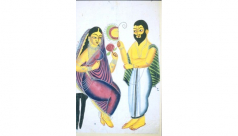
A notorious murder case is one of the subjects of the ROM’s collection of mid-nineteenth century Kalighat paintings, an urban folk art style that developed around a popular Kali temple in Kolkata, India. Written by Piali Roy.
The Woman Behind the Biggest Heart in the World

Guest Blog written by 2017 Environmental Visual Communication student Fenella Hood
Knife in hand and knee-deep in rotting blubber, Jacqueline Miller is about to do something that has never been done before: carve out a blue whale's heart for preservation. Enveloped in its stench and racing against decay, she cuts deep into the tissue beneath, sure in her knowledge of anatomy but ever wondering: Will this even work? Read on to learn more about one of the team members behind the world's biggest heart in this blog by EVC student Fennella Hood.
Storytelling: Art, Culture, Nature
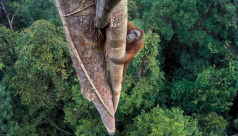
Guest blog by Environmental Visual Communication graduate Samantha Stephens
Art, Culture, Nature. They may be separate words, but if we consider them separate disciplines, we are doing a disservice to the potential of human wisdom. Without nature, there is no culture. Without culture, there is no art. EVC grad Samantha Stephens gives us some examples of how these themes intertwine in recent ROM research and exhibits, including the 2017 Wildlife Photographer of the Year exhibit, open now!
Not just for show: how and why museum specimens are collected
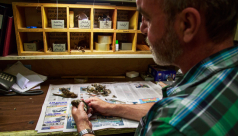
Guest blog by Environmental Visual Communication student Samantha Stephens
The sign on the door seemed quite appropriate. “Abandon all hope ye who enter here.” I imagine that, as this quote from Dante’s Inferno indicates, this might be what hell feels like. As this last barrier swings open and the dim room is revealed, the swarm of hundreds of tiny creatures moving across the concrete floor completes that vision. However, for some of the ROM’s tireless workers, this environment is heaven. Here resides the dermestid beetle colony. These ravenous beetles are eagerly seeking their next meal. Manoeuvring themselves into the crevices of skeletons, they strip the flesh from delicate specimens with more precision and speed than the nimblest of human fingers.
New to ROM: Frances Ferdinands
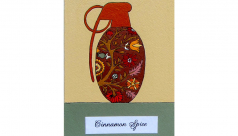
Combining aesthetic beauty and history, this work cleverly and poetically combine references from historical Sri Lankan decorative art alongside meanings that resonate with issues of inequality, injustice, and the exploitation of natural resources during Sri Lanka’s colonial past. Written by Deepali Dewan.
Collection Care for Hellenistic Clay sealings from Edfu, Egypt

Over a century after they were acquired Ptolemaic artifacts at the Royal Ontario Museum, Greek & Roman collection, get new homes
Our Darling Dermestids - A Visit to the ROM's Bug Room
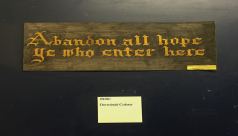
Guest blog written by 2015 Environmental Visual Communication student Robert Elliot
How does the Royal Ontario Museum get their Skeletons so clean without compromising their integrity? A well-kept colony of hide beetles cleans every crevice of the various cadavers in the ROM’s bug room with incredible efficiency. A steel walled, dark humid room filled with corpses; a veritable beetle heaven is home to these hard working bugs. Follow EVC student ROM into their domain to get a unique perspective on the ROM.
Pacifist Males & Warrior Females

About a hundred year ago, mass produced colour lithographs proliferated across the South Asian subcontinent creating new imaginary communities through a shared visual imagery. In this new kind of visual culture, hero images seemed to flip traditional gender roles by being dominated by warrior females and pacifist males. Written by Deepali Dewan
Blue Whale Update: Where is it Now?

Guest Blog Posting by Environmental Visual Communication (EVC) student, Nila Sivatheesan
Empty Skies: Behind-the-Scenes - Recreating Passenger Pigeon Habitat
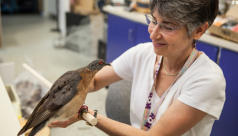
Come behind-the-scenes with environmental visual communication students/guest bloggers Justine DiCesare and Vincent Luk to take a look using photos and video to see how the flowers and scenery were created for the new exhibit: Empty Skies: The Passenger Pigeon Legacy.
